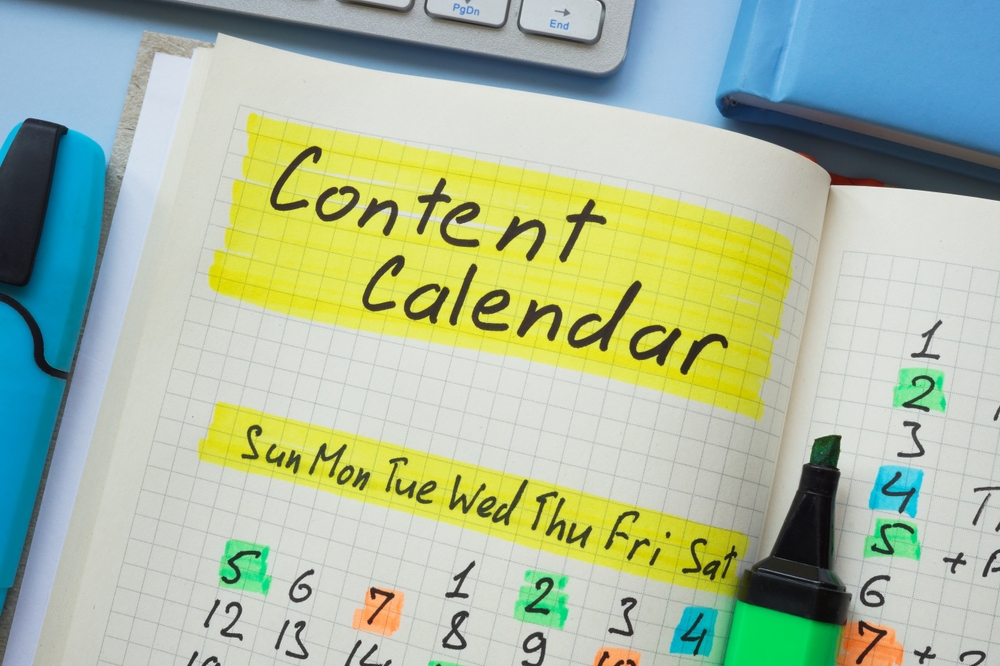Content marketing is no longer just an optional strategy—it’s a vital part of any successful digital campaign. Businesses of all sizes rely on valuable, relevant, and consistent content to engage their audience, drive traffic, and build brand awareness. However, without a proper plan in place, even the most creative ideas can fall flat. This is where a Content Marketing Calendar becomes an essential tool in your strategy.
What Is a Content Marketing Calendar?
A content marketing calendar, often referred to simply as a content calendar, is a strategic tool used to plan, organize, and schedule all content-related activities. It provides a clear overview of what content is being published, where it’s being shared, and when it goes live. Whether it’s blog posts, social media updates, email campaigns, or video content, a content calendar brings structure and consistency to your efforts. Many Content marketers struggle with ad-hoc planning, missed deadlines, and inconsistent posting—issues that can easily be avoided with a well-crafted calendar. By mapping out your content in advance, you ensure that your messaging aligns with your business goals, seasonal trends, and your audience’s interests.
The Benefits of Using a Content Calendar
1. Better Organization and Planning
One of the biggest advantages of using a content marketing calendar is improved organization. Instead of scrambling for content marketing ideas at the last minute, marketers can plan weeks or even months ahead. This allows for more thoughtful content creation, collaboration with other team members, and alignment with product launches, events, or holidays.
2. Consistency Builds Trust
In content marketing, consistency is key. Audiences are more likely to engage with brands that show up regularly with useful, insightful content. A Content Calendar helps maintain a consistent publishing schedule across all content marketing platforms, which in turn helps build trust and authority with your audience.
3. Improved Team Collaboration
For teams, a content calendar serves as a central hub. Everyone involved—from writers and editors to designers and social media managers—can see what’s in the pipeline. It promotes accountability and ensures that deadlines are met. Plus, with collaboration tools like Google Sheets, Trello, or Notion, real-time updates make team communication seamless.
4. Enhances Content Quality
When you plan ahead, you have more time to research, write, and edit high-quality content. Rushed posts often lack depth, accuracy, or relevance. A calendar gives creators room to breathe and produce content that truly resonates with the target audience.
5. Keeps You Aligned with Marketing Goals
Your marketing goals—whether it’s increasing web traffic, growing social media followers, or boosting sales—should guide your content. A Content Calendar makes it easier to tie your content themes to these larger objectives. By aligning content with key performance indicators (KPIs), you can track success more effectively.
How to Build an Effective Content Calendar
Creating a content marketing calendar doesn’t have to be complicated.
Establish Clear Objectives: Identify the outcomes you aim to accomplish through your content marketing strategy.
Identify Your Channels: Decide where you’ll be publishing content—blog, social media, email, YouTube, etc.
Choose Your Tools: Use a spreadsheet, calendar app, or content management platform to organize your schedule.
Brainstorm Content Ideas: Generate topic ideas that align with your audience’s interests and your brand message.
Set a Publishing Frequency: Decide how often you’ll post, and keep it manageable based on your team’s capacity.
Assign Tasks and Deadlines: Clearly define who is responsible for each task and set realistic deadlines.
Review and Adjust Regularly: Your content calendar should be a living document—adapt it based on analytics and feedback.
Content Calendar Best Practices
To make the most out of your calendar, follow these tips:
Color-code categories (e.g., blog posts, social media, email) for quick reference.
Include important dates like holidays, campaigns, and product launches.
Leave room for flexibility to accommodate trending topics or last-minute ideas.
Incorporate SEO planning by including keywords, target audiences, and calls to action.
By following these practices, you’ll ensure your content strategy stays on track, relevant, and goal-driven.
Conclusion
In a fast-paced digital world, having a clear roadmap is not just helpful—it’s essential. A Content Marketing Calendar brings order to your content chaos, ensures consistency, and helps you stay focused on delivering value to your audience. When every piece of content serves a purpose and is timed strategically, the results speak for themselves—better engagement, stronger brand presence, and measurable ROI. So if you haven’t already, now is the perfect time to start building your content calendar and take control of your content marketing success.


